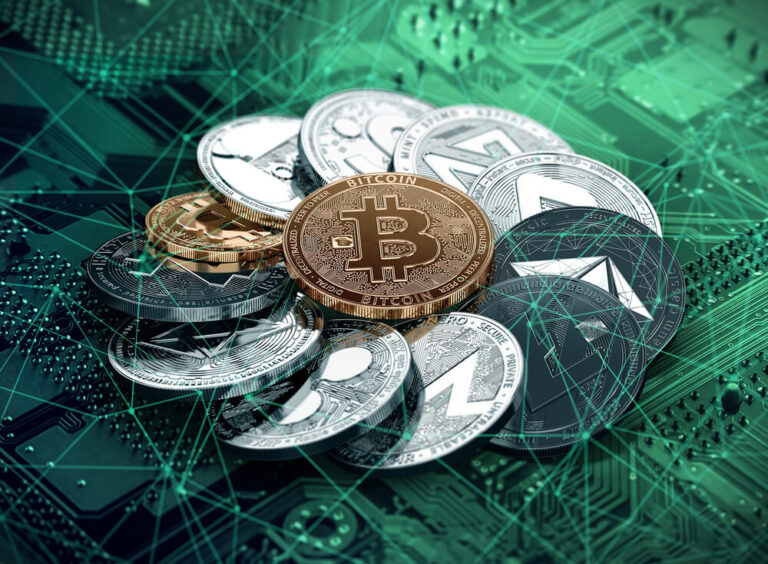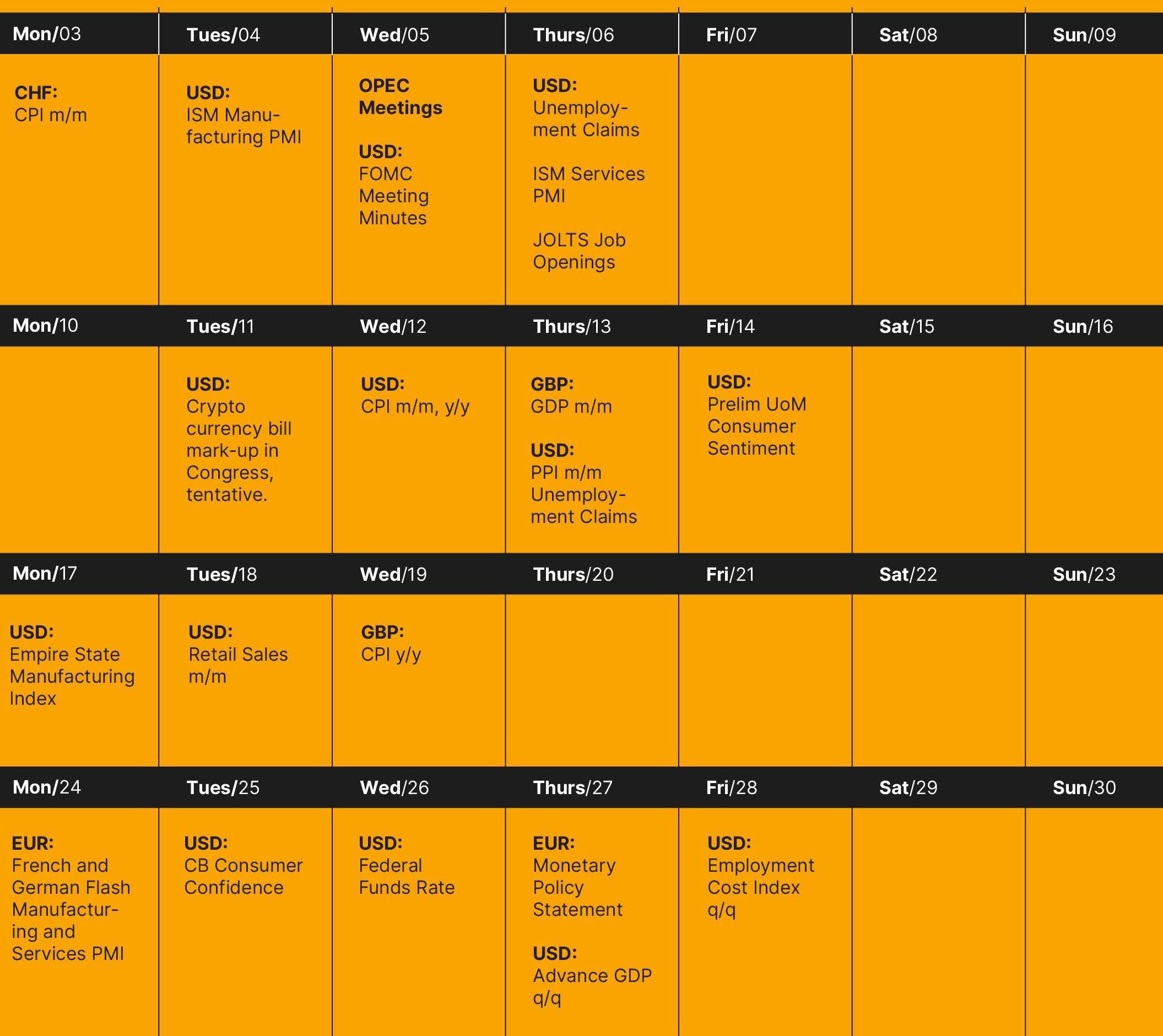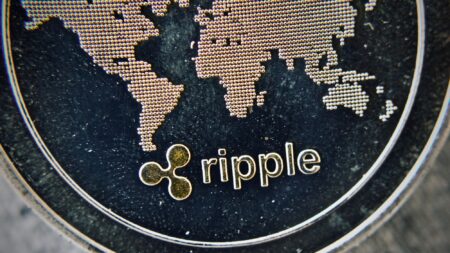A monthly review of what's happening in the crypto markets enriched with institutional research on the most important topics in the industry in cooperation with the Swiss digital asset specialist, 21Shares AG.
Markets reacted in opposite directions this month, as regulating the crypto asset industry is still in talks in the U.S. New developments in the Ripple case spurred some optimism, with the hope that the long tail of crypto assets may not be considered crypto-securities. Bitcoin and Ethereum fell by almost 4% each over the past month. However, the market cap of the decentralized finance (DeFi) industry alone has increased by 8%. As shown below, the biggest winners of July were Maker, which increased by 50% in returns, Solana (+28%) came in second, and thirdly Optimism (+ 21.8%). These jumps in price movements can be attributed to fundamental improvements and developments in both the application and infrastructure layers, which we will elaborate on later in this monthly review.

XRP by itself may not be a security
On July 13, U.S. District Court Judge Analisa Torres issued a summary judgment order that was partly in favor of the Securities and Exchange Commission (SEC) and partly in favor of Ripple. Specifically, Judge Torres distinguished between the target of an investment contract (e.g., XRP as a token) versus the sale and marketing of that asset (e.g., the investment contract around the sale or offer of XRP). The former was not held to be a security, but the latter was in certain circumstances. Judge Torres’ decision also held that there were disputes of material fact that were not appropriate to resolve on summary judgment, so there could be a trial relating to a few additional issues (including whether Ripple’s founders aided and abetted Ripple’s securities law violations).
Although not conclusive, the court’s decision spurred short-lived optimism across the cryptoassets market. On July 13, Bitcoin reached $31.45K, the highest since May 2022. Ethereum, on the other hand, surpassed the $2K, a level last seen in April following the Shanghai upgrade. As for the industry’s long tail of tokens, especially those labeled in previous SEC lawsuits (against Coinbase and Binance) as securities, Solana, Polygon, and Cardano all enjoyed roughly 30% increase in returns for the two days following the verdict.
Hoping it would mean the same for the collapsed Terra Luna, Terraform Labs filed a motion to dismiss their case based on Judge Torres’ “programmatic sales” argument. On July 21, the lawyers for the SEC filed a response against Terraform’s motion, vaguely suggesting that they’re considering an appeal against the Ripple court decision. Judge Jed Rakoff rejected Terraform’s motion at the end of the month, saying that the court rejected the approach adopted by Judge Torres in the Ripple case. While this may not change XRP’s ruling, it may affect the market sentiment of the token, which has persevered as of writing this report, still enjoying the 40% increase over the past month.
MakerDAO: A return to fundamentals
Maker also implemented the enhanced DAI savings rate (eDSR), first increasing the yield to 3.49% in June, while a subsequently approved proposal in late July switched the interest rate into a dynamic model that could potentially see the yield reach 8%. Thus, eDSR could catalyze the adoption of DAI as the deposit rewards could surpass the risk-free benchmark of traditional finance, represented by the US treasury at 4%, and help to establish an attractive savings rate that could improve the liquidity of DeFi.
This isn’t to argue that Maker’s deposit rewards would be considered a safe investment compared to the risk-free rate of the US Treasury, as the US government is the sole lender of last resort, but it does show the measures DeFi protocols are adopting in order to compete and build a sustainable treasury leveraging the current macro environment. Although temporary, elevated interest rates present a valuable window for projects to capitalize on, fostering lasting treasury growth. Finally, Maker's shift towards real-world assets (RWA) is proving fruitful, generating around $90M in annual revenue, with more than 50% exposure.

This growth is significant as it provides a practical revenue generation approach without relying solely on token emissions. It also showcases the benefits of bridging with the TradFi, encouraging other protocols to build sustainable treasuries for runway protection during times of volatility. Furthermore, the increase in DAI's savings rate elevates DeFi's stablecoin yield benchmark, incentivizing protocols to become more competitive and driving further user adoption. It is worth noting that DeFi tokens outperformed the market in July, potentially forming a bottom for the first time in almost two years. So, we’ll be closely observing Maker’s impact on the broader sector and how it could influence their decision to further integrate with TradFi.

A rise in institutional adoption
With Europe’s first comprehensive legislation regulating crypto assets (MiCA) going into effect in 2024, the following instances speak volumes of the dire need for legal clarity to streamline the adoption of this asset class along with its underlying technology, especially for institutions.
- Societe Generale became the first company to receive a digital asset service provider (DASP) license in France. The license allows Forge, the bank’s cryptoasset division, to operate digital asset custody, sell and purchase digital assets for legal tender, and trade digital assets. In April, Forge launched CoinVertible (EURCV), an institutional-grade, euro-pegged stablecoin so far only built on the Ethereum blockchain, with plans to become blockchain-agnostic.
- Bank of Italy partnered with Polygon for a limited environment for trading securities on DeFi, tailored especially for institutions. Milano Hub, the bank’s innovation center, selected the “Institutional DeFi for Security Token Ecosystem Project”, an ecosystem project promoted by Cetif Advisory to research opportunities offered by DeFi and experiment with security tokens. This project is anticipated to act as a catalyst to onboard Italian banks, asset management companies, and other financial institutions into a DeFi platform that is fully compliant with regulatory requirements, which is the main obstacle to institutional adoption.

A breakthrough in resolving cryptocurrency infrastructure challenges
Chainlink’s highly anticipated interoperability product finally launched on Mainnet. CCIP is an inter-blockchain communication standard that enables data and value transfer across four incompatible networks at the start. The solution incorporates four features to improve bridging:
- Active Risk Management (ARM) Network to detect and pause the malicious activity
- Programmatic transfers to automatically execute predefined instructions
- Rate limits for preventing unauthorized token transfers beyond a certain threshold
- Smart execution to enable seamless cross-chain activities without extra payments using a pre-funded account
CCIP is crucial in addressing weak security in cross-chain bridges, which have been exploited for nearly $2.5B in value over time. Thus, it’s a pivotal milestone to have an internet of contracts, similar to how the TCP/IP unified the global internet, facilitating liquidity to be globally accessible and the value of applications to flow across networks to be established on a battle-tested infrastructure that has enabled more than $8T in transactional value.
Further, CCIP may become Chainlink’s most significant product due to the wide need for interoperability. For context, applications using Chainlink’s CCIP can pay in LINK or ERC20 tokens, with a 10% premium on ERC20 to encourage LINK usage. This makes LINK a universal gas currency across chains, removing the need for token sales by node operators and phasing out the foundation’s subsidies. Finally, with a fee-based model in place, CCIP can generate sustainable earnings for DONs, the backbone of Chainlink's security. That said, despite initial modest earnings of $35K over the past months, partnerships with Synthetic and Aave using CCIP for token transfers and cross-chain governance suggest significant growth potential. Integration with SWIFT also solidifies CCIP's position as a cross-chain solution for both crypto and traditional finance.

Next month’s calendar
These are the top events we're closely monitoring in August:
- August 10: CPI data in the U.S.
- August 16: FOMC meeting minutes





